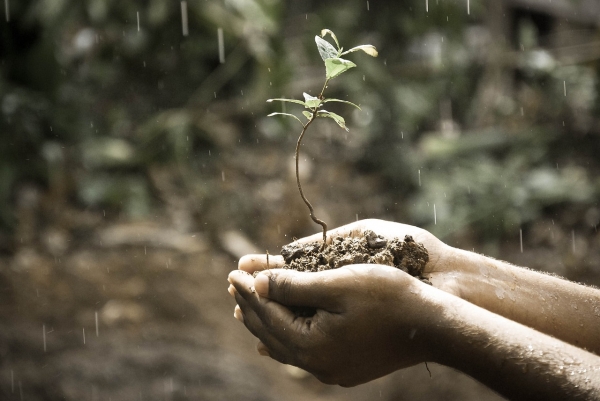Organisms across the globe are facing unprecedented levels of stress from climate change, habitat destruction, and many other human-driven changes to the environment. Predicting and mitigating the effects of this increasing stress on organisms, and the environmental services on which we depend, requires understanding why some species can exist in a wide range of environments while others exist in only a few habitats.
In the scientific world of ecology, researchers often try to sort organisms on our planet into two categories: specialists and generalists. Generalists can survive across various environmental conditions and habitats, while specialists are more restricted or limited to specific conditions for survival. The panda bear, for example, feeds only on bamboo within a specific habitat. Not only is their habitat range-restricted, but so is their diet, and if the bamboo plant became extinct, panda bears might become extinct as well.
But what about the microbial world of unseen organisms found everywhere on Earth, from the human gut to the soil under our feet? Into which category do they fall?
Read more at: University of Miami
Photo Credit: Pexels via Pixabay


